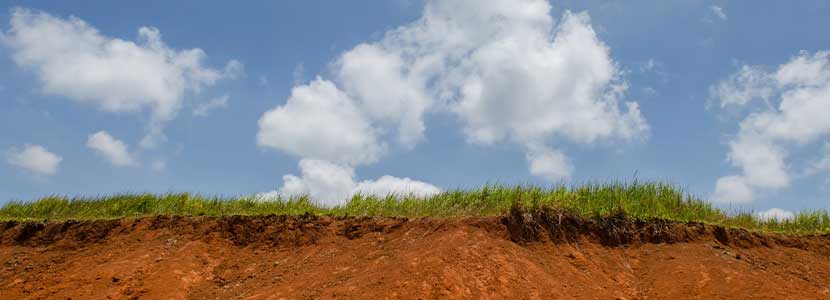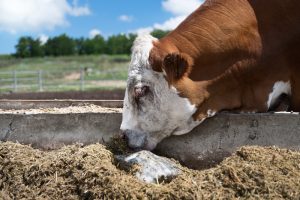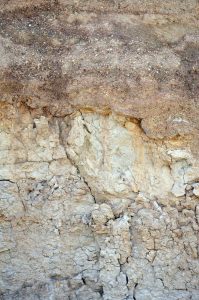The current use of clay minerals is aimed at the production of selective adsorbents in both human and veterinary medicine.
 28 Mar 2022
28 Mar 2022
Clay mineral properties like chemical composition and structure, ion types and particle size determine its various uses.
The healing powers of clay have been known for centuries and are now being rediscovered. The practice carried out by wild animals of eating clay for detoxification and as gastrointestinal relief is well documented. Initially, clays were introduced into farm animal nutrition as binding agents for feed granules. They have then been used as food additives to promote animal growth and health.
The current use of clay minerals is aimed at the production of selective adsorbents in both human and veterinary medicine.
These minerals bind harmful compounds and aid in their elimination from the animal’s body. Various studies have revealed antimicrobial effects of some clay minerals. In farm animals, clay minerals are mainly used as binding agents in the production of granulated feeds and as mycotoxin and heavy metal adsorbents.

Current trends employ clay minerals to prevent diarrheal infections.
Binding of harmful components
Montmorillonite is the main component of bentonites (volcanic ash), these are found in nature and are used as a food supplement for animals. Bentonite is not only an effective binding agent, but also an adsorbent of pathogenic microorganisms, enzymes and toxins. Thanks to such properties, it is possible to improve animal growth and health with its inclusion in diets. Its use within the total ration usually ranges from 2 to 3%

| There is clear evidence that the application of smectites in animal feed reduces or eliminates aflatoxins. |
![]() A study published in 2008 documented that the ability of smectites to bind to aflatoxins will depend on particle size, structure and composition.
A study published in 2008 documented that the ability of smectites to bind to aflatoxins will depend on particle size, structure and composition.
Kaolin
Kaolins and smectites are commonly used in animal nutrition as growth promoters and supplements to treat gastrointestinal disorders, and more specifically diarrhea. In an in vitro study using an intestinal model, kaolin supplements reduced the adsorption of particular alkaloids and inhibitors.
![]()
| These may be capable of binding to enterotoxins that cause diarrhea |
The adhesion of these particles onto the epithelium and reduced motility cannot be simulated in a study, which suggests that in vivo adsorption capacity could be even higher.
The mechanism of action of clay minerals in the body is not entirely clear. Only a few clay minerals have the specific properties suitable for medicinal purposes.
The mechanism of action of clay minerals within the body is still not very clear. Until now only a few clay minerals have been shown to have specic properites suitable for medicinal purposes. This calls for more research to be undertaken in order to determine the extent of its health benefits and how it can be efficiently used for animal feed.
Source: ELSEVIER. Clay minerals in animal nutrition
Subscribe now to the technical magazine of animal nutrition
AUTHORS

Nutritional Interventions to Improve Fertility in Male Broiler Breeders
Edgar Oviedo
The Use of Organic Acids in Poultry: A Natural Path to Health and Productivity
M. Naeem
Synergistic Benefits of Prebiotics and Probiotics in Poultry, Swine, and Cattle
Gustavo Adolfo Quintana-Ospina
Hybrid Rye Potential in Laying Hen Feed Rations
Gwendolyn Jones
A day in the life of phosphorus in pigs: Part I
Rafael Duran Giménez-Rico
Use of enzymes in diets for ruminants
Braulio de la Calle Campos
Minerals and Hoof Health in the Pregnant Sow
Juan Gabriel Espino
Impact of Oxidized Fats on Swine Reproduction and Offspring
Maria Alejandra Perez Alvarado